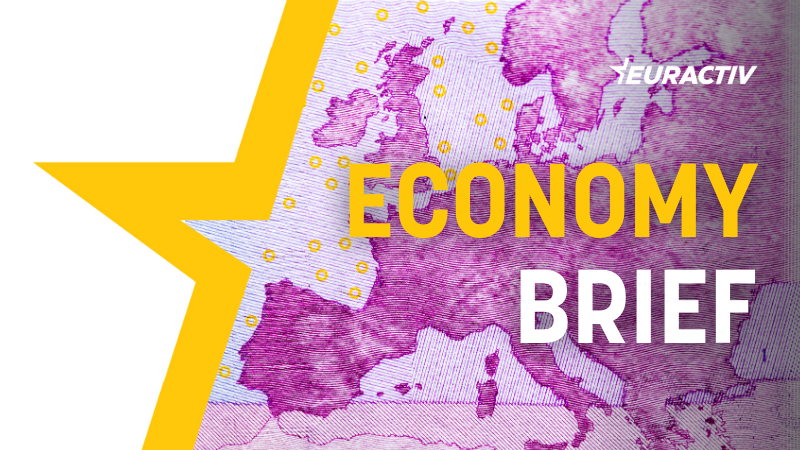World
Hamas political leader Ismail Haniyeh killed in Iran | CNN

The precise details of what happened at around 1.45 a.m. in Tehran, which led to the death of Ismail Haniyeh, will dictate what comes next. Or more precisely the details that Tehran chooses to present as its narrative.
It is clearly a grave violation of their sovereignty and the supposed security bubble of the Iranian capital, however the attack occurred. Haniyeh was their guest, and their role as a regional power is eroded if they are unable to guarantee the simple safety of visiting allies.
But Iran has stomached comparable violations in the past, more specifically when non-Iranians were killed. The death of their leading nuclear scientist, Iranian Mohsen Fakhrizadeh, was met with limited immediate wrath in 2020.
The truth is Iran’s options are limited and none of them are great.
It is clear Tehran is reluctant to launch its most ferocious proxy, Hezbollah, into a full-scale war with Israel from Lebanon. Putting aside the huge humanitarian horror such a conflict would cause for Lebanese and Israelis alike, Hezbollah remain a powerful card that Tehran probably gets to play just once. And so they must choose when they do so carefully.
Iran has also tried an all-out attack on Israel before, in April, after senior Iran Revolutionary Guard Corps commanders were killed in an Israeli strike on Damascus, Syria. In short, the 300 drones and missiles fired – unprecedentedly from Iran directly at Israel – just didn’t get through. It failed. Their response will both define their role as a regional power, but also risk that slipping. A stealthy, asymmetric strike, weeks from now, may not fix the damage done to their position.
Yet still, red lines were again crossed, and another rung on the ladder of escalation has been climbed.
The raging question of the next 24 hours, as Iran fashions its narrative of how this major humiliation came to be, is what remaining steps are there on this well-trodden ladder, and what is at its peak?
Read more of Nick Paton Walsh’s analysis.









